Are you eating nutritionally and moving regularly but still not losing weight or struggling with brain fog and the afternoon slump? Have you mastered your sleep and your nutrition but still suffering from pain or anxiety? Despite your commitment to improving your health, it’s possible that you’re not nurturing all of the pillars of your health. In this 2-part series, I will address five pillars of health to ensure holistic health. This post dives into three of the pillars – Eat, Move and Relax – and ways you can improve the pillar. The key is to create balance across all of the pillars and not about perfection in each one. So, get ready to assess if you need to improve in any of these pillars and learn about some ways to do that.
To read about Connect and Sleep pillars of health, check out my blog post Pillars of Health Part 2.

EAT Pillar of Health
The Eat pillar of health covers what we put into our body and includes both food and drink. Nutrition forms the foundation of our health and food is the number one most powerful way you can improve the gut microbiome, help the liver detoxify and support cellular function.
Check out my blog post Healthy Food Foundations to understand four fundamental principles of healthy food choices summarized below:
1. Plants First: Fruits, vegetables, whole grains, nuts, and seeds support the gut and are a crucial foundation of a healthy diet.
2. High-Quality Carbs: High-quality carbohydrates provide essential nutrients, fiber, and sustained energy without causing rapid spikes in blood sugar levels.
3. Healthy Fats: Incorporating healthy fats into your diet benefits hearth health, brain function, nutrient absorption and hormone production.
4. Lean or Plant Protein: Protein helps with everything from synthesizing hormones and maintaining cell structure to creating antibodies that support immunity.
In the blog post Healthy Food Foundations, I also include three practical tips to increase healthy foods in your meals. Now, let’s look at 4 more ways to improve this pillar of health.
1. Read Labels and Reduce Ultra-Processed Foods
Reading labels and reducing ultra-processed foods is a crucial step towards improving your health. By carefully examining the ingredients list and nutritional information on food labels, you gain insight into what you’re putting into your body and can make more informed choices about the foods you consume. Ultra-processed foods often contain high levels of added sugars, unhealthy fats, sodium, and artificial additives, which contribute to weight gain, inflammation, and chronic health conditions such as heart disease and diabetes. Try to avoid food products that contain more than 5 ingredients.
2. Reduce Sugar
Excessive sugar intake is strongly linked to weight gain and obesity, as sugary foods and beverages are high in calories and low in nutrients. Our bodies also crave more and more. Over time, obesity increases the risk of developing serious health conditions such as type 2 diabetes, heart disease, and certain types of cancer. Additionally, high sugar consumption leads to fluctuations in blood sugar levels, causing energy crashes and mood swings. Unfortunately, sugar is absolutely everywhere, and hides where you least expect it. You can start by removing sweeteners (including honey) from your coffee or tea. Reducing the amount of ultra-processed foods and understanding where it is by reading labels will also help you reduce sugar.
3. Drink More Water
Drinking an adequate amount of water is essential for proper digestion and nutrient absorption. It plays a vital role in regulating body temperature, as it helps to dissipate heat through sweating and evaporation, especially during physical activity or in hot weather. Moreover, staying hydrated helps to lubricate joints and cushion organs, promoting smooth movement and preventing discomfort or stiffness. Furthermore, adequate hydration supports kidney function by helping to flush out waste products and toxins from the body through urine. Water also plays a key role in maintaining healthy skin, as it hydrates skin cells from the inside out, improving elasticity and preventing dryness and premature aging. Furthermore, staying hydrated can help to alleviate fatigue and improve cognitive function, as dehydration can impair concentration, memory, and mood. As a general rule, the recommendation is to drink 6 – 8 cups of water per day.
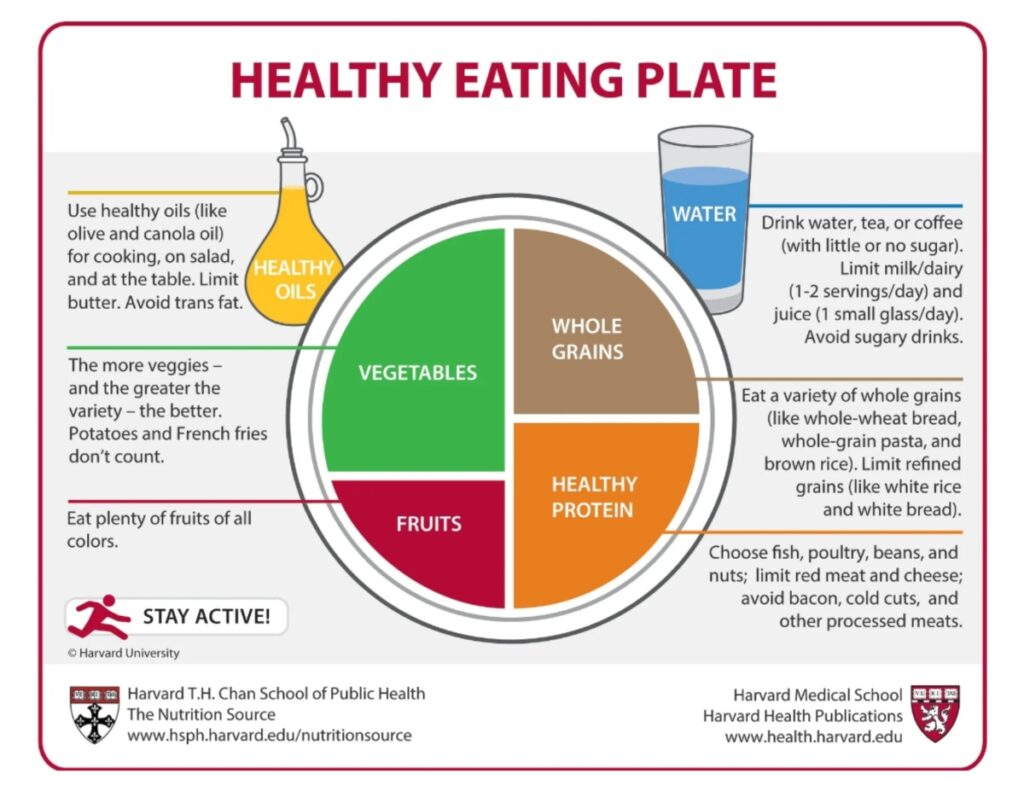
4. Look at Your Plate
Taking a moment to assess what’s on your plate is a simple yet powerful way to ensure that you’re nourishing your body with wholesome, nutritious foods. By prioritizing colorful fruits and vegetables, lean proteins, whole grains, and healthy fats, you can create balanced meals that provide essential vitamins, minerals, and macronutrients. Aim to fill half of your plate with vegetables and fruits, a quarter with lean proteins such as fish, poultry, tofu, or beans, and the remaining quarter with whole grains like quinoa, brown rice, or whole wheat pasta. Incorporating a variety of nutrient-dense foods not only supports overall health but also helps to regulate blood sugar levels, improve digestion, and maintain a healthy weight. Additionally, paying attention to portion sizes and practicing mindful eating can help prevent overeating and promote a greater sense of satisfaction and enjoyment from your meals.
One tool that may help is the Healthy Eating Plate framework from Harvard Medical School. As with everything, don’t take this to be an exact formula but a guideline as you continuously improve this pillar for you and your family.

MOVE Pillar of Health
The Move pillar of health has become more essential as our lives have become increasingly sedentary. Prolonged periods of inactivity increase the risk of obesity, heart disease, diabetes, and stroke, as well as musculoskeletal issues like back pain and weakened bones. Moreover, sedentary behavior is closely linked to mental health concerns such as anxiety, depression, and cognitive decline. Lack of physical activity can also lead to decreased energy levels, poor sleep quality, and diminished overall quality of life. Additionally, prolonged sitting can negatively impact posture and circulation, further exacerbating health problems.
Check out my blog post Why and How to Move Your Body More to understand why movement is non-negotiable for your health and discover the six primary ways to move. You’ll also find three empowering tips to help you kickstart your journey towards a more active life.
And while we’re on the subject, let’s look at two more ways to increase your physical activity and improve your health.
1. Become Stronger
It is crucial to incorporate resistance training (or strength training) and build muscle mass. Many women associate strength training with younger people or athletes. However, its benefits are even more significant as we age. Resistance training not only helps preserve and build muscle mass but also plays a pivotal role in maintaining bone density and improving metabolism. And, you don’t need to go to the gym or buy weights to start. You can simply use your body’s weight. You may even already know many of the resistance training exercises that you don’t need weights for. They include squats, lunges, push ups and planks.
2. Wake Up Your Sleepy Glutes
Exercising the glutes offers numerous benefits for both physical health and overall well-being. Firstly, strong glute muscles provide essential support for the lower back, helping to improve posture and reduce the risk of back pain. Additionally, strong glutes contribute to better stability and balance, reducing the risk of falls. Engaging the glutes through exercises like squats, lunges, and hip thrusts also helps to improve overall lower body strength and functional mobility, making everyday activities easier and more manageable.
Remember that it’s possible to push yourself too hard when exercising, creating stress and damaging your health. Before jumping in, listen to your body and choose activities that you enjoy and align with your fitness level and goals. You may need to consult with a healthcare professional before increasing your movement especially if you have any underlying health conditions or concerns.
RELAX Pillar of Health
The Relax pillar of health is one that is rarely nurtured and often forgotten. It’s easy to get caught up in the hustle and bustle of daily life. We wake up fully stressed, rush to get the kids ready and to school, then spend the rest of the day juggling careers, managing households, and nurturing relationships. At no point in the day are we just chilling out, or even alone. We treat relaxation as something that we don’t do until everything else has been dealt with. And it’s harder for mothers because we tend to prioritize the well-being of our families above our own, neglecting our own needs. But there are many compelling reasons why relaxation should be a non-negotiable part of our routine:
- Stress Reduction: Chronic stress can wreak havoc on our bodies and minds, contributing to a host of health issues such as high blood pressure, insomnia, weight gain and anxiety. Taking time to relax allows our nervous system to unwind, promoting a state of calmness and equilibrium.
- Improved Sleep Quality: Many of us struggle with sleep disturbances as we age, whether it’s due to hormonal changes or the stressors of daily life. Engaging in relaxation techniques before bedtime can help signal to our bodies that it’s time to wind down, leading to better sleep quality.
- Enhanced Mental Clarity: When we’re constantly on the go, our minds can feel cluttered and overwhelmed. Taking breaks to relax and clear our thoughts allows us to approach challenges with a fresh perspective.
- Boosted Immune Function: Studies have shown that chronic stress weakens the immune system, making us more susceptible to illness. By prioritizing relaxation, we can strengthen our body’s natural defenses.
- Greater Emotional Resilience: Motherhood comes with its fair share of ups and downs, and it’s essential to cultivate emotional resilience to navigate life’s challenges. Regular relaxation practices can help us build inner strength and cope more effectively with stressors.

Six Ways to Relax
So it’s time to give yourself permission to relax. Below are six relaxation strategies. Incorporating three or more of these into your day and week will nourish, strengthen you and change your life.
1. Me-Time Every Day
Every day, for at least 15 minutes, be selfish, and enjoy some time for you.There are 3 rules. Firstly, it must be for you and you alone. Secondly, it must not be an activity that involves your smartphone, tablet or computer. Thirdly, you’re not allowed to feel guilty about it. Schedule this time every day and set an alarm if you need to. What will you do? Will you brew yourself a cup of herbal tea and savor the flavors slowly? Or sit in a room listening to your favorite piece of music? Will you read a book or magazine and get transported into another world?
2. Keep a Gratitude Journal
Keeping a gratitude journal can be transformative. Taking just a few minutes each day to reflect on and write down things you’re grateful for can have profound effects on your mental and emotional well-being. Not only does it shift your focus away from stressors and challenges, but it also cultivates a mindset of abundance and appreciation. Research has shown that regularly expressing gratitude can improve mood, reduce stress levels, and enhance overall life satisfaction. So, whether it’s the warmth of a hug from your child, the beauty of a sunset, or the support of a friend, embracing gratitude through journaling can be a powerful tool for nurturing a happier and more resilient mindset.

3. Practice Stillness Every Day
Make time to practice stillness for at least 5 minutes every day. This requires dedicated daily introspective practice and includes:
a. Mindful Breathing Exercises: Take a few minutes each day to practice deep breathing exercises. It’s as simple as finding a quiet space, closing your eyes, and focusing on your breath. Inhale deeply through your nose, allowing your abdomen to expand, then exhale slowly through your mouth. This simple practice helps calm the mind, reduce stress, and promote relaxation.
b. Meditation: Practice mindfulness meditation to cultivate a sense of presence and inner peace. Find a comfortable seated position, close your eyes, and bring your attention to the present moment. Notice the rhythm of your breath and allow thoughts to come and go without judgment, returning your focus to the present moment whenever your mind wanders. Regular meditation reduces stress, anxiety, and promotes relaxation.
4. Yoga and Stretching
Incorporate gentle yoga or stretching routines into your daily or weekly schedule. Yoga not only helps improve flexibility and strength but also encourages mindfulness and relaxation. Choose poses that feel good for your body and focus on connecting with your breath as you move through each posture.
5. Spa-Like Self-Care Rituals
Treat yourself to spa-like self-care rituals at home. Set aside time for a warm bubble bath with essential oils, indulge in a DIY facial or body scrub, or pamper yourself with a manicure or pedicure. Creating a soothing environment and taking care of your body can melt away stress and tension.

6. Nature Walks or Outdoor Activities
Spend time outdoors connecting with nature. Take leisurely walks in the park, go for a hike in the woods, or simply sit outside and soak up the sunshine. Being in nature has been shown to have calming effects on the mind and body, reducing cortisol levels and promoting a sense of well-being.
Wrap-up
So there you have it! A look at Eat, Move, and Relax pillars of health and ways for you to strengthen them on your wellness journey. Remember that you can read about Connect and Sleep pillars of health in my blog post Pillars of Health Part 2. It’s important to give equal priority to every pillar and make changes at a pace that is comfortable for you. Wondering how to start making changes? I’ve prepared a FREE tracker that you can download today. The Energize Your Day Tracker helps you make sustainable changes throughout the day across these 3 pillars and give you more energy for your family and you.
YOU have the power to take the steps to mindfully transform your wellness on your personal journey.
The content provided in this post is for informational purposes only and is not intended to be a substitute for professional medical advice, diagnosis, or treatment. Always seek the advice of your physician or other qualified health provider with any questions you may have regarding a medical condition. Never disregard professional medical advice or delay in seeking it because of something you have read in this post.



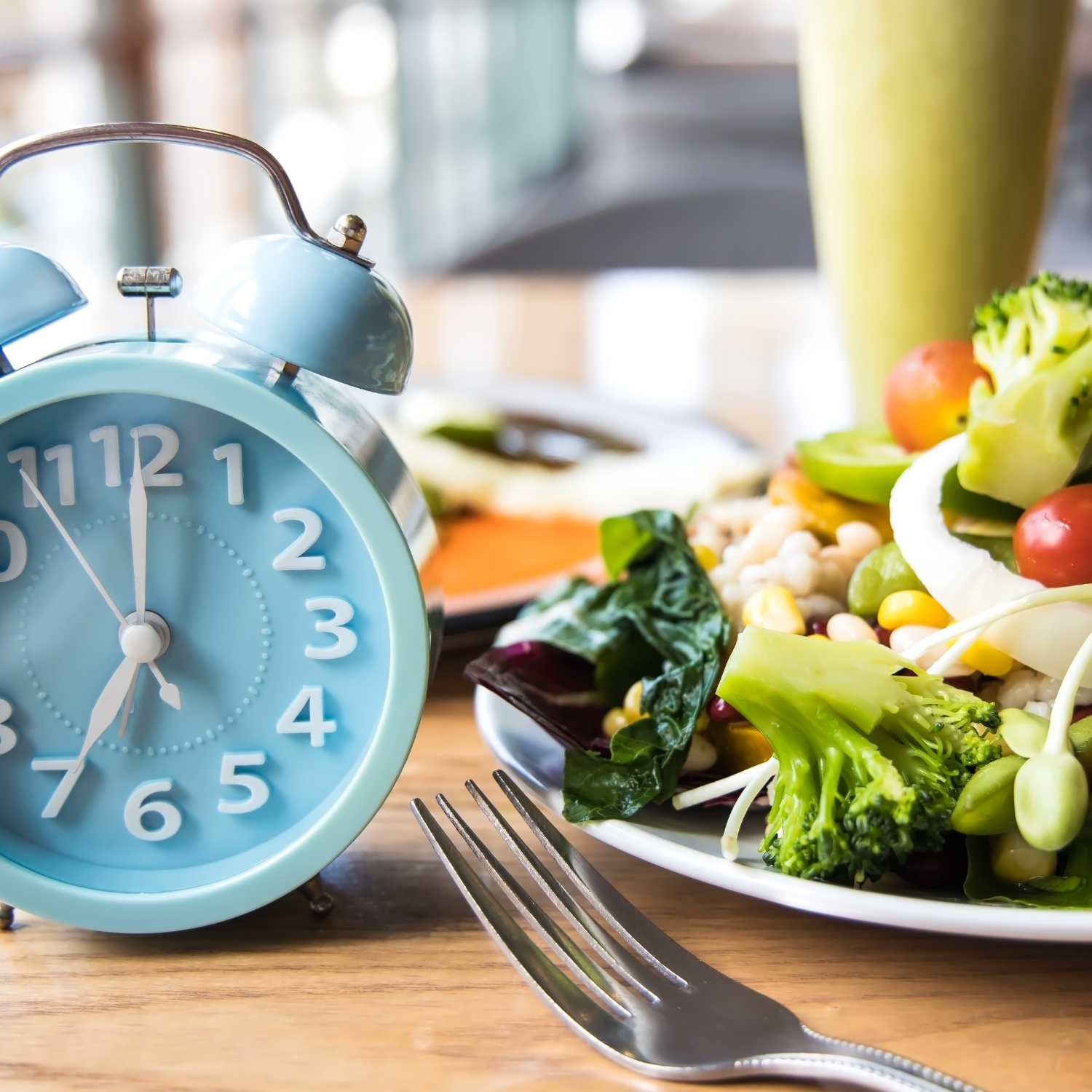
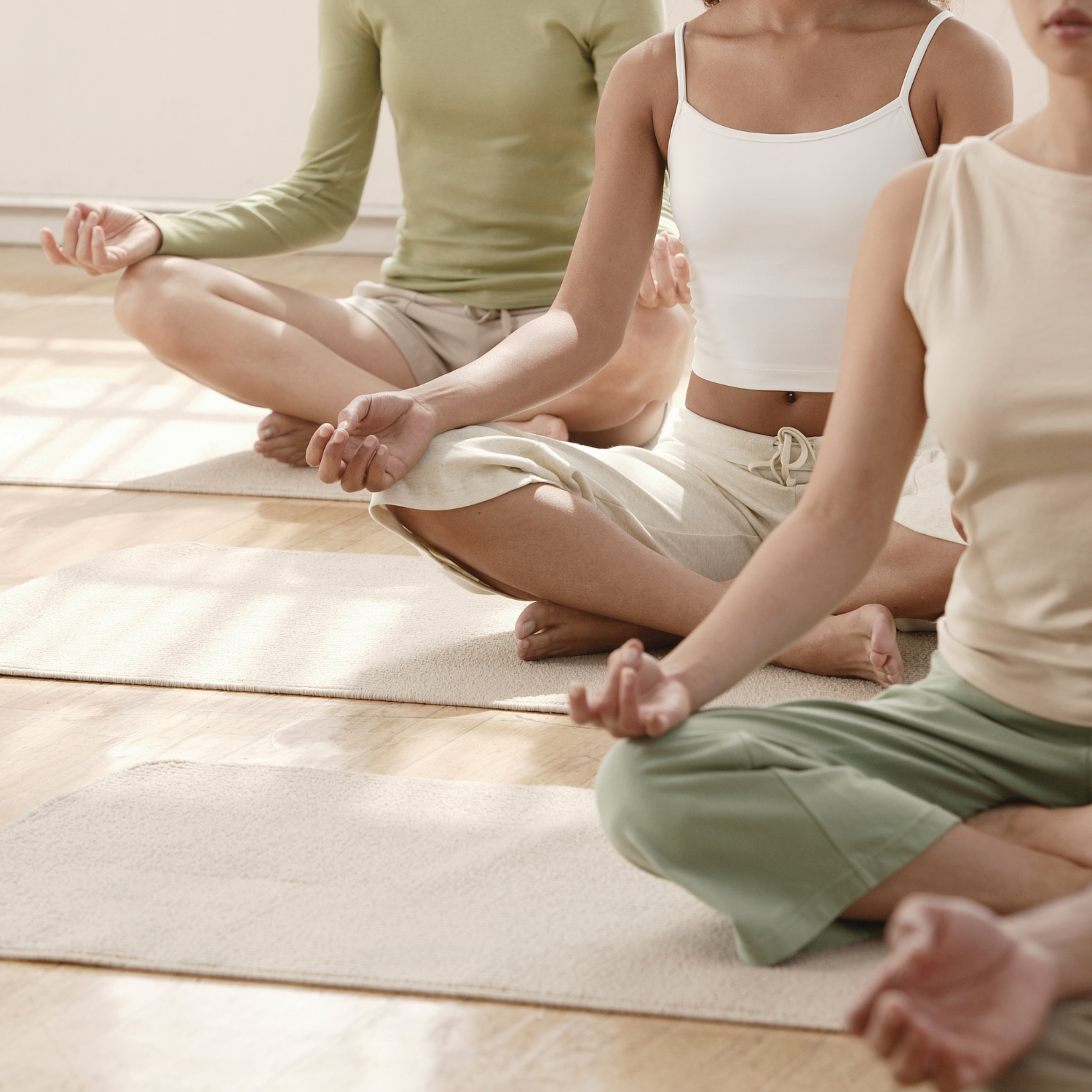




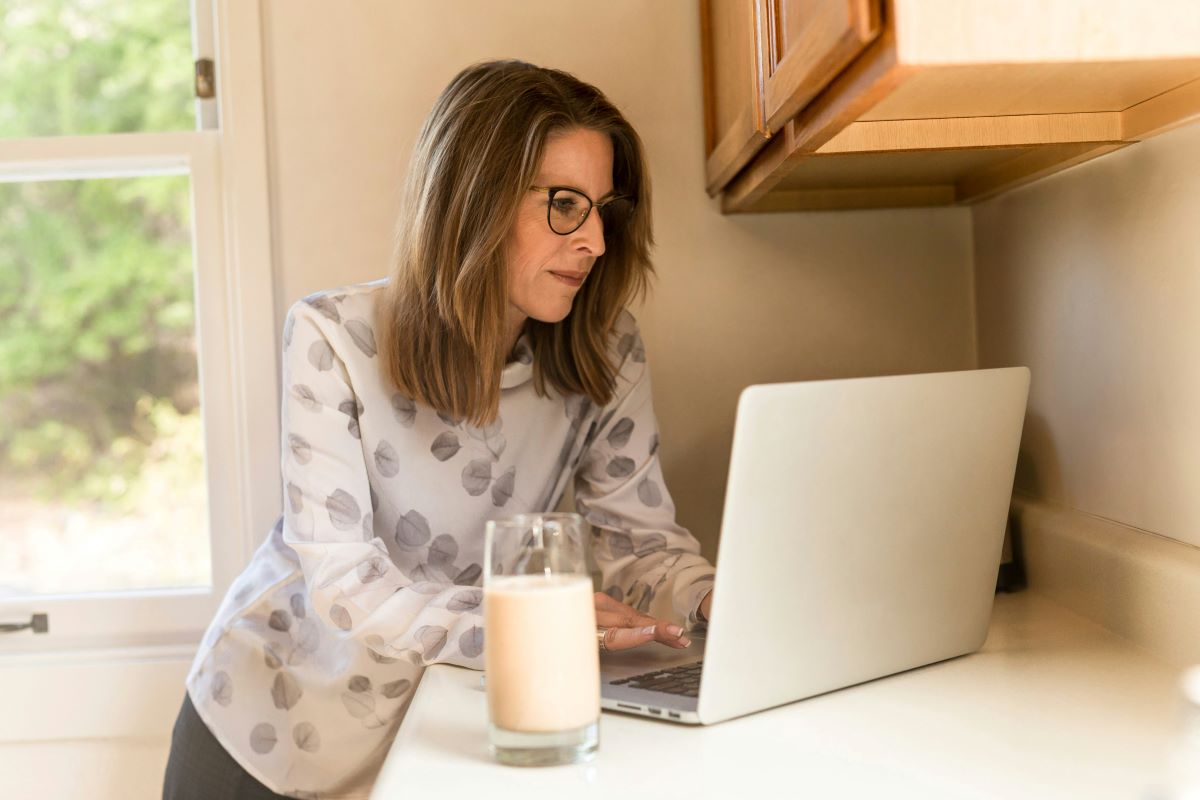
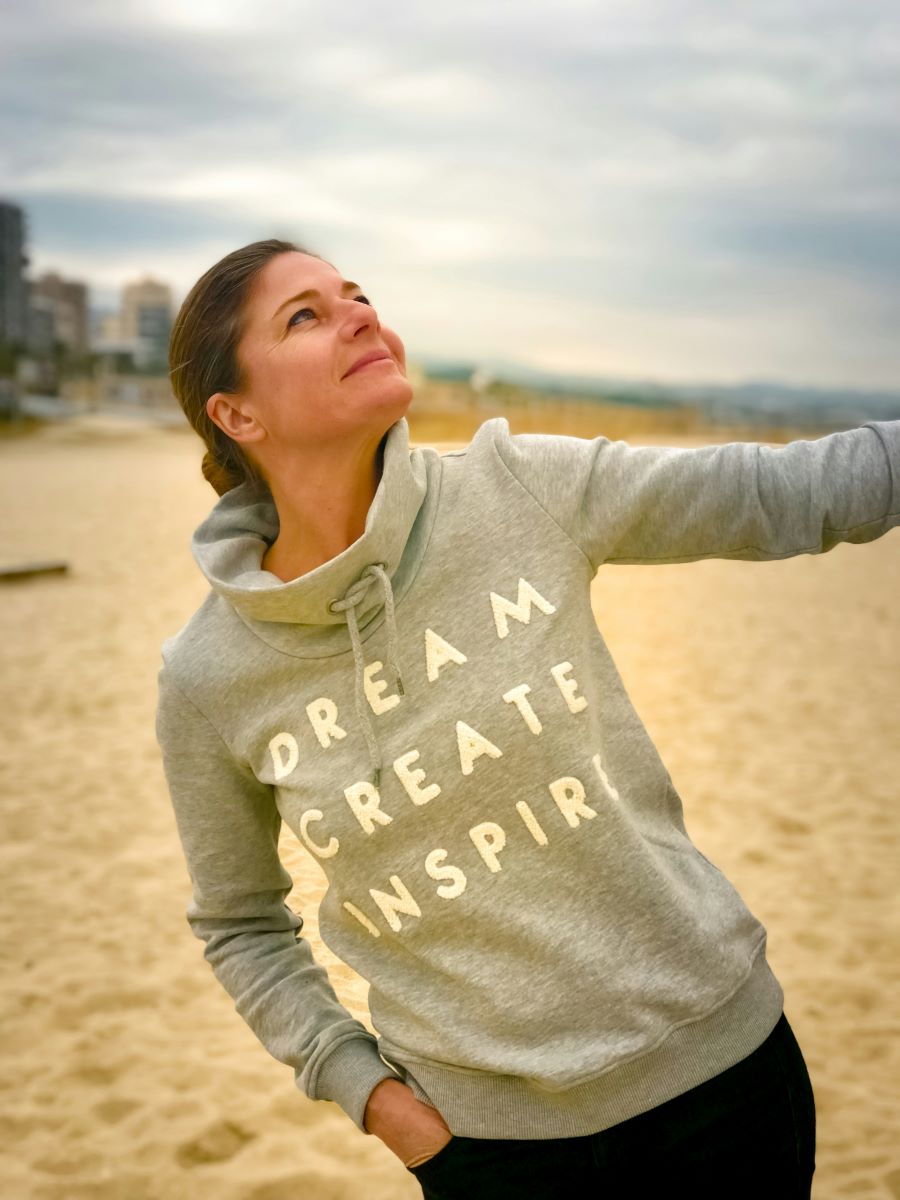

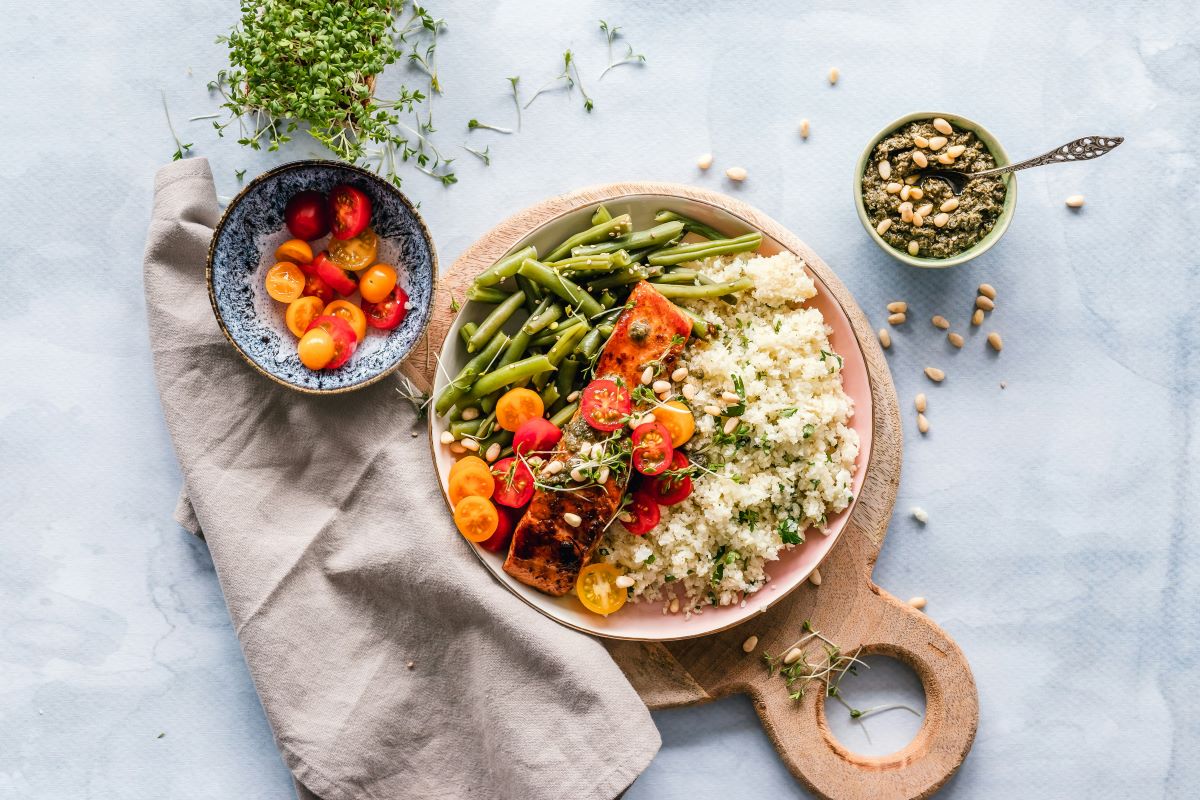
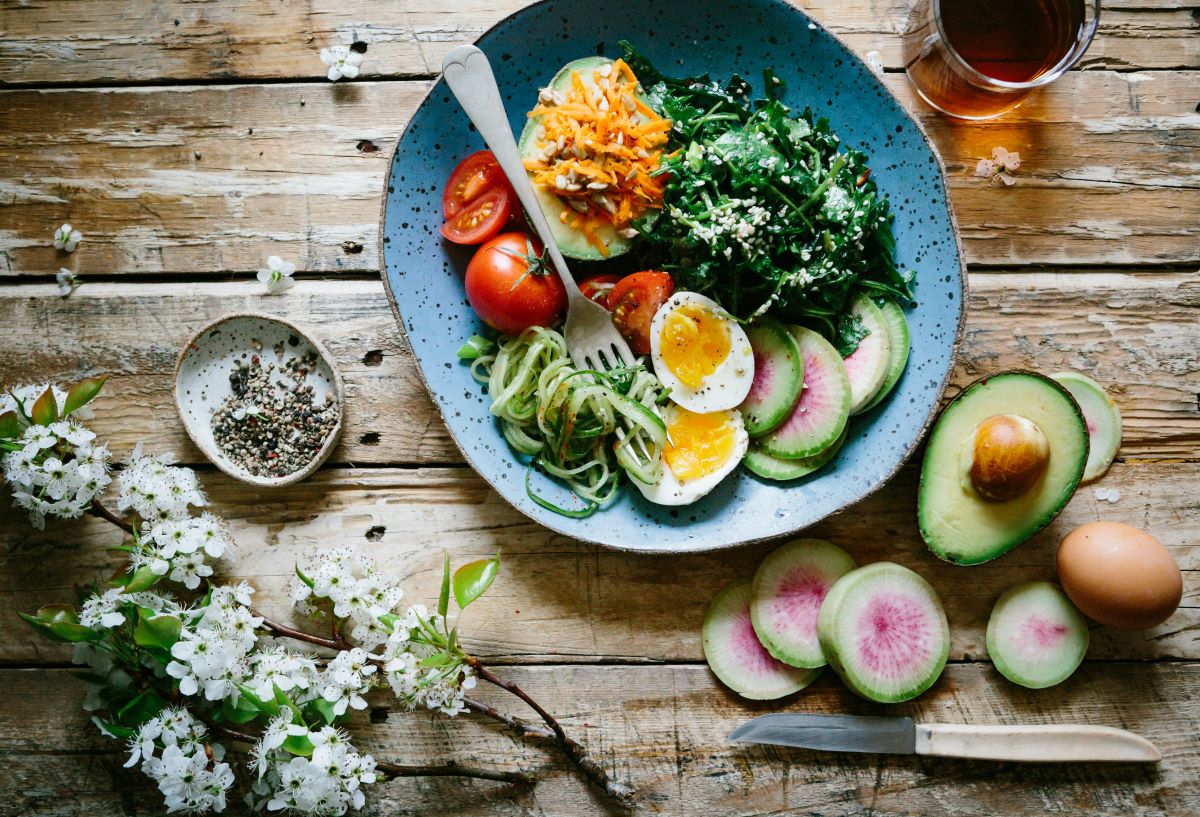
+ Show / Hide Comments
Share to: